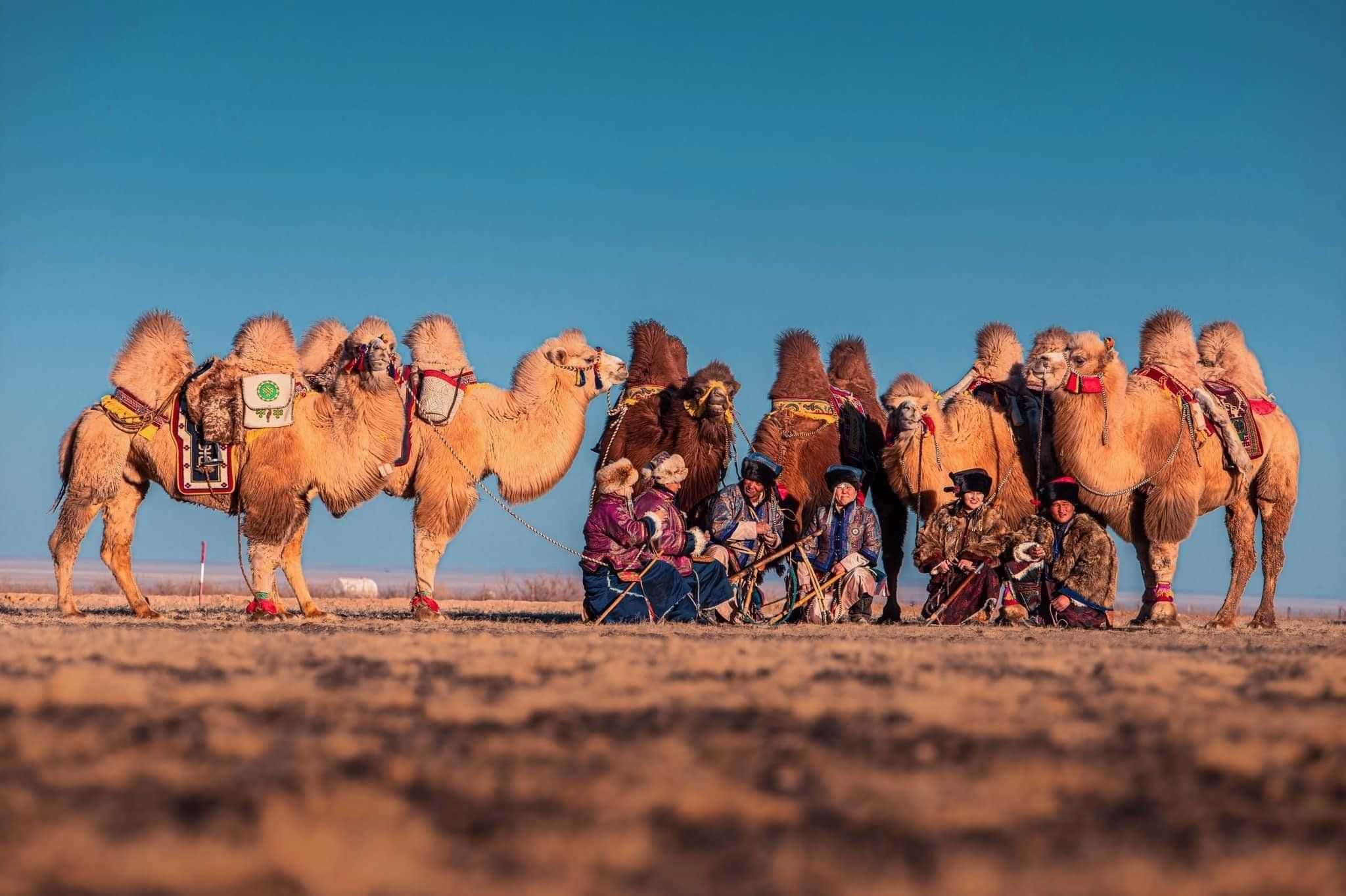
Exploring the Treasures of Mongolia: Camel Milk and Camel Wool
Exploring the Treasures of Mongolia: Camel Milk and Camel Wool
Camel Milk: The Elixir of the Desert
Camel milk, or "khurmis," has been a staple in the Mongolian diet for centuries, offering nutrition and medicinal benefits to nomadic communities. Unlike cow's milk, camel milk is lower in fat and lactose, making it a viable option for those with dairy sensitivities. Rich in vitamins C, B, and iron, it is often referred to as a "superfood" for its ability to strengthen immunity and combat malnutrition.
Traditional Camel Milk Products
Mongolian nomads are masters of transforming camel milk into various products, including:
- Fermented Camel Milk (Khoormog): A tangy, probiotic-rich drink made by fermenting fresh camel milk in traditional leather bags. It’s cherished for its cooling effect and is often served to guests during the summer months.
- Camel Milk Yogurt: Thick and creamy, camel milk yogurt is both a snack and a source of sustenance, especially during long journeys across the steppe.
- Dried Milk Curd (Aaruul): After boiling camel milk, it is dried into small
curds, forming a protein-rich snack that lasts for months without
refrigeration.
With a growing appreciation for camel milk’s health benefits, products like camel milk powder and skincare items infused with camel milk are gaining popularity globally.

Camel Wool: Nature’s Warm Embrace
The Bactrian camel, native to Mongolia, has a double-layered coat designed to withstand extreme temperatures. Camel wool, harvested from these animals, is renowned for its softness, durability, and natural insulating properties.
How Camel Wool is Processed
During the spring molting season, nomads collect camel wool through gentle combing rather than shearing, ensuring the camels remain unharmed. The wool is then cleaned, carded, and spun into yarn, often by hand—a testament to Mongolian craftsmanship.

Camel Wool Products
- Clothing: Camel wool is highly sought after for its soft and lightweight garments, such as scarves, sweaters, and coats. Baby camel wool, in particular, is prized for its fine texture.
- Blankets and Throws: Known for their exceptional warmth, camel wool blankets are perfect for harsh winters.
- Felting Art: Using camel wool, Mongolian artisans create decorative felt items, including rugs and wall hangings, showcasing traditional patterns.
The sustainability of camel wool production, coupled with its eco-friendliness, has made it a popular choice for conscious consumers worldwide.
Cultural and Economic Importance
For Mongolian nomads, camels are more than just animals—they are symbols of resilience and a vital source of livelihood. Camel milk and wool not only sustain families but also connect them to global markets, where these unique products are increasingly valued. Many cooperatives and online platforms now help nomadic communities sell camel-based goods, bridging tradition and modernity.

Preserving a Way of Life
The production of camel milk and wool in Mongolia is not just about creating products—it’s about preserving a way of life. These practices embody the nomads’ deep respect for their environment and animals, a philosophy that modern consumers are beginning to embrace.

By choosing Mongolian camel milk or camel wool products, you’re not only enjoying the finest natural materials but also supporting the enduring heritage of the nomads who call the vast Mongolian steppe home.
Whether it’s a cup of fermented camel milk or a snug camel wool scarf, each product carries the spirit of Mongolia’s nomadic culture—a reminder of the harmony between people, animals, and nature.
